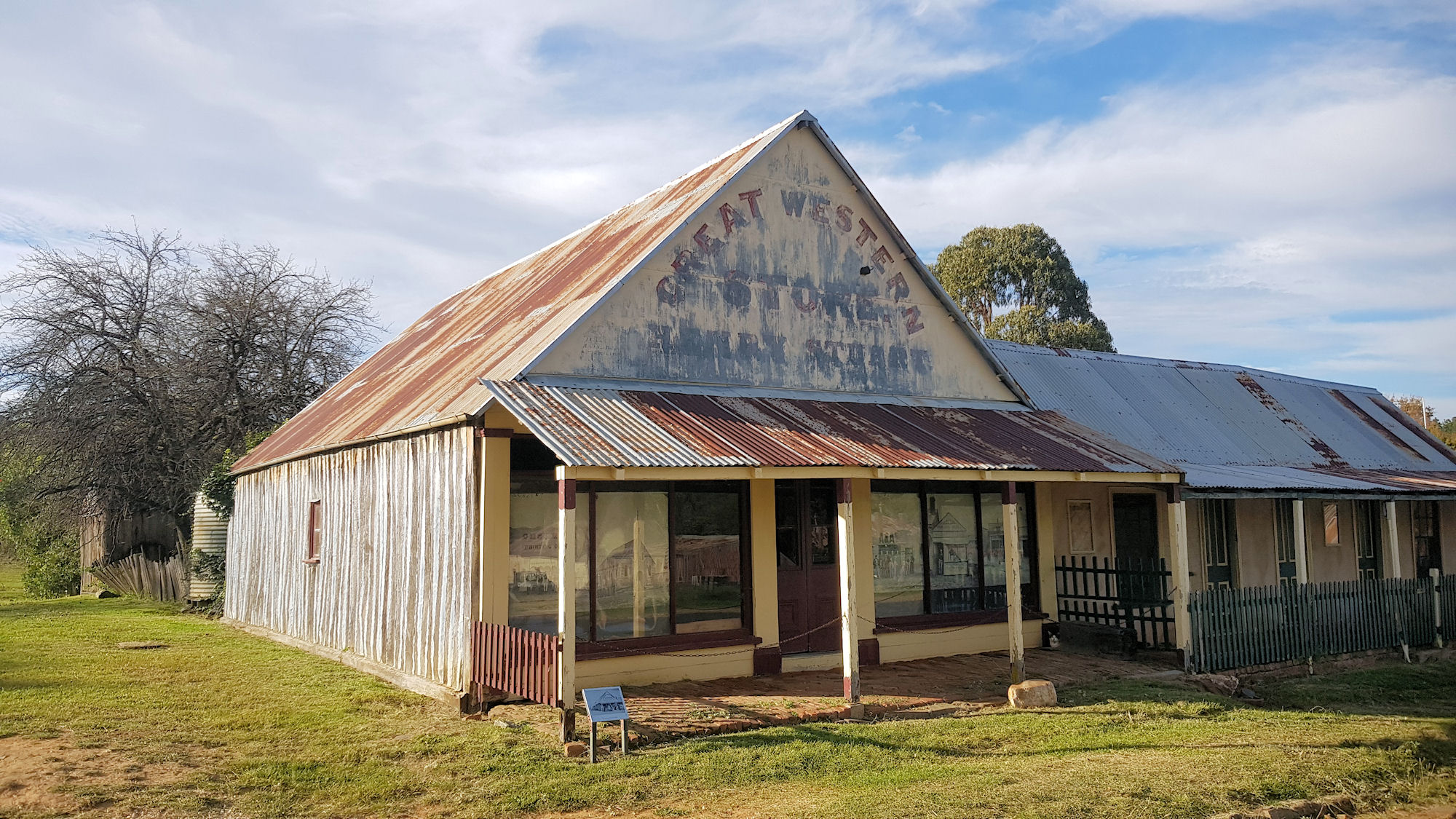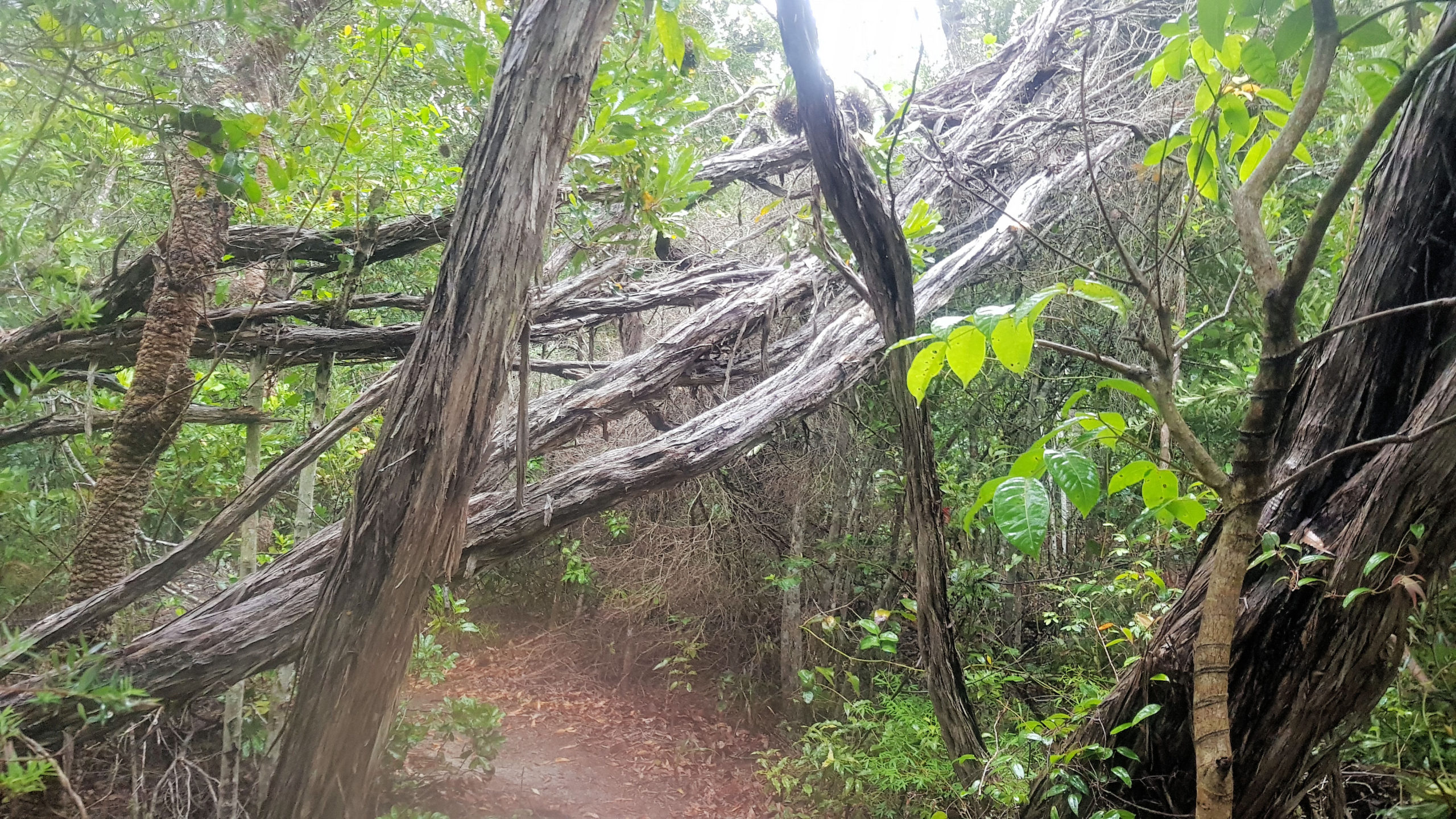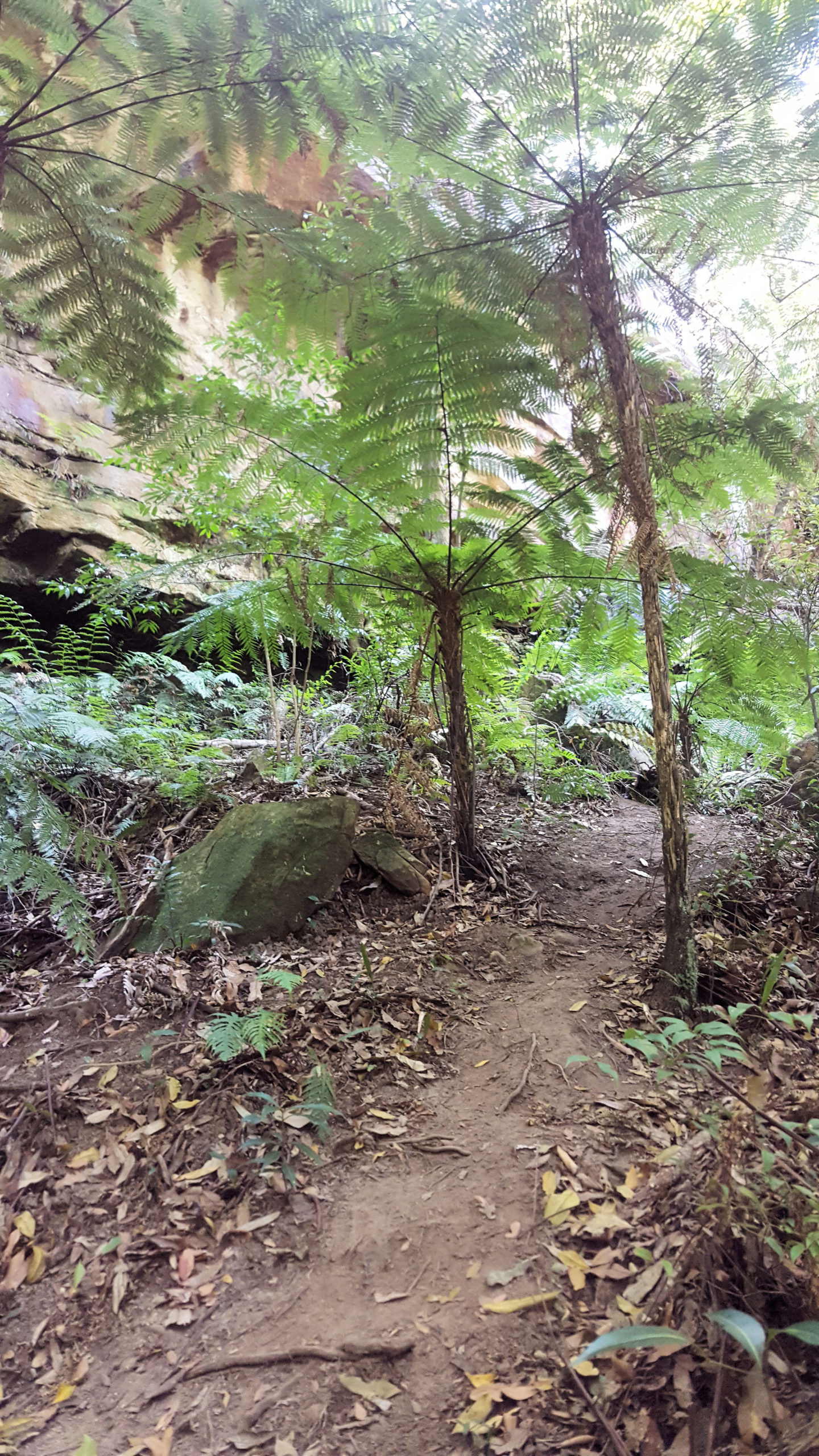Tag: Bush Walk
-
Hill End Historical Gold Mining Town

Hill End A gold rush in the 1870s turned Hill End from a small rural village into one of the largest inland towns in New South Wales. When the boom finished, the town reverted back to a small village, however unlike other boom / bust towns many of the historic buildings remain. Now heritage listed,… Read more
-
Wyrrabalong National Park

Wyrrabalong National Park Getting There and Parking Located on the Central Coast Highway near Norah Head, Wyrrabalong National Park is an hours drive south of Newcastle. We parked in a small car park just past the Pelican Beach Road turn-off, which was small, but well maintained. Signs and an information board provide information about the… Read more
-
Strickland State Forest is Unique and Wonderful

Strickland State Forest Located on the Central Coast of NSW, less than an hour’s drive north of Sydney, south of Newcastle, or a 10-minute drive west of Gosford, Strickland State Forest is a great place to visit. The forest is only five square kilometres but contains an impressive variety of flora and fauna species, along… Read more